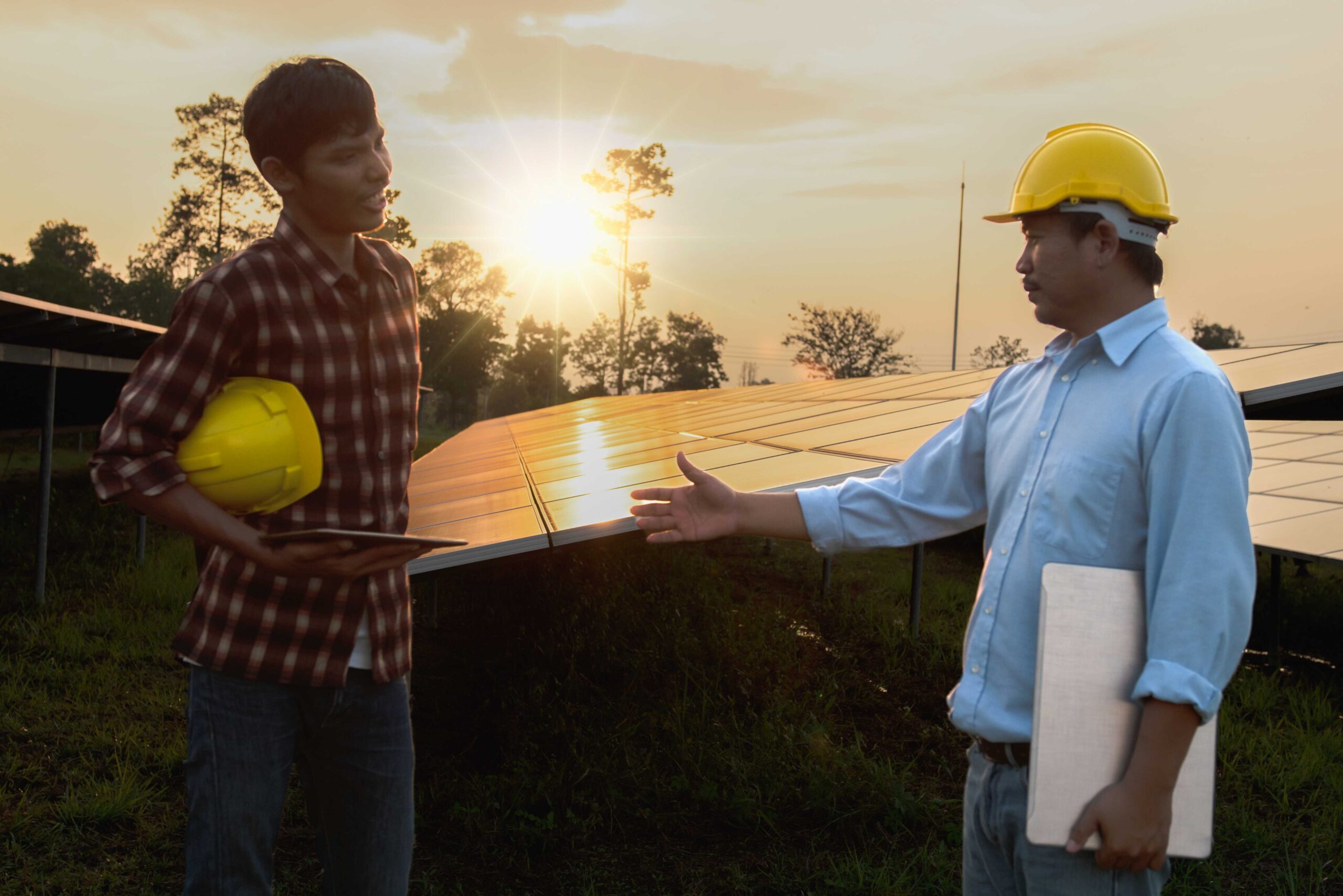
The Rise of Rooftop Solar
Are you considering converting your home to solar power? You’re not alone. With rising electricity bills and growing concerns about climate change, more Indian households—especially across northern states—are turning their rooftops into energy-saving machines. But what precisely is solar electricity for homes, and how can you initiate the process?
Let’s simplify everything you need to know in this beginner-friendly, 1500+-word guide.
What Is Solar Electricity for Homes?
Solar electricity for homes refers to the generation of power using photovoltaic (PV) panels installed on rooftops. These panels convert sunlight into direct current (DC) electricity, which is then converted into alternating current (AC) via an inverter—powering everything from your fridge to your fan.
Why Should You Consider Solar?
Save Money: Slash your monthly electricity bill.
Energy Independence: Less reliance on the grid.
Environmentally Friendly: Clean, renewable energy.
Incentives: Subsidies and net metering policies make it more affordable.
Types of solar electricity for homes
1. Grid-Tied System: This system connects to the electricity grid. Net metering allows you to earn credits by exporting any excess electricity you produce.
2. Off-Grid System: Fully independent and usually paired with a battery for energy storage.
3. Hybrid System: A combination of both, with battery storage and grid connectivity.
Components of a Solar electricity for homes
Solar PV Panels: Capture sunlight.
Inverter: Converts DC to AC electricity.
Battery (optional): Stores extra electricity.
Net Meter: Tracks energy sent to and from the grid.
Installation Process
Site Assessment: Evaluating your rooftop size and direction.
System Design: Determining system capacity (e.g., 3 kW or 5 kW).
Permits & Approvals: As per your local DISCOM.
Installation: Usually takes 1–2 days.
Net Metering Setup: Connect to the grid and start saving.
How Much Energy Can You Generate?
A 1 kW system typically generates around 4 units/day. Over 25 years, that’s about 36,500 units of clean electricity—significantly offsetting your grid usage and electricity bills.
Costs and Subsidies in India (2025 Overview)
General Costs (Approx.)
1 kW system: ₹75,000–₹95,000
3 kW system: ₹1.5–₹1.8 Lakhs
5 kW system: ₹2.5 – ₹3 Lakhs
Government Support
PM Surya Ghar Yojana offers up to a 40% subsidy.
Net metering policies help reduce electricity bills.
How to Choose the Right Solar Installer
Look for:
Experience and certifications
Warranty terms
Quality of equipment
Customer reviews
👉 Explore certified solar panel contractors near you for quality installations.
Interlinking Related Topics
Learn about Sunpower Solar Panels for Sale
Understand the Price of Solar Panel for Home
Discover the Solar Power to House Process
Get insights on Industrial Solar Panel Price
Estimate Solar Panel Installation Cost
Explore BIPV Solar Panels in India
Know more about Delta Solar Power Solutions
FAQs
Q1: Can I install solar panels on a sloped roof?
Yes, most installers can work with different roof types, including sloped and tiled roofs.
Q2: Will solar panels increase my home value?
Yes, studies suggest homes with solar energy systems sell faster and at higher values.
Q3: Do I need to clean solar panels regularly?
Especially in dusty regions, you should clean the panels once or twice a month.
Q4: Can I run an air conditioner on solar?
Yes, with the right system size (3 kW+), you can run an AC along with other home appliances.
Q5: Are solar panels safe?
Absolutely. They are one of the safest energy sources and produce zero emissions.
Final Thoughts
Switching to solar electricity for homes is not just a financial decision—it’s a future-ready choice. With 25+ years of clean energy, savings on power bills, and support from government subsidies, there’s never been a better time to go solar.
Make the switch today—and let the sun power your home, your wallet, and your world.
(*Note: All costs mentioned above are estimates and can change with time.)
